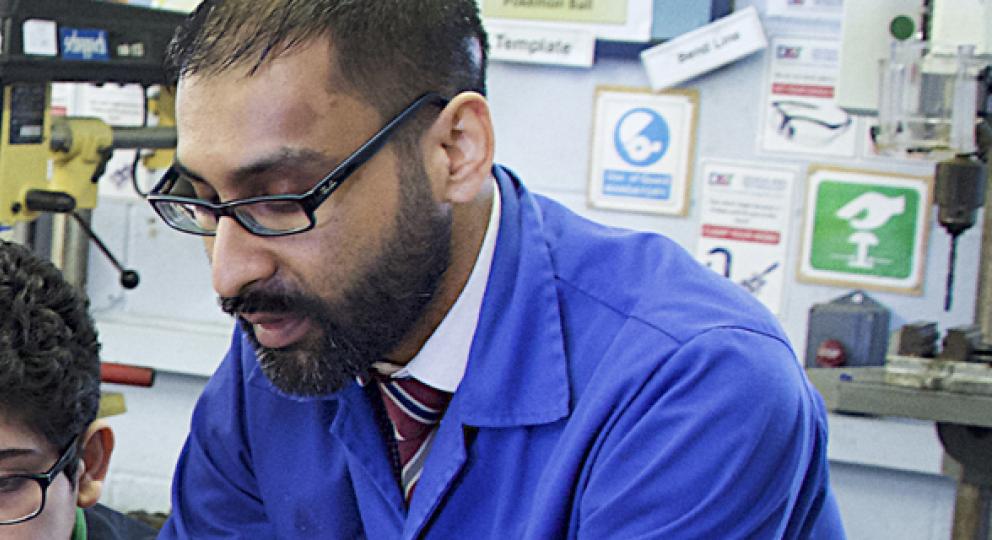Why is it important to learn about equality and human rights?
Young people need to understand equality and know their rights, to understand both how they should be treated, and how they should treat others. Teaching these topics creates a safe place for students to explore, discuss, challenge and form their own opinions and values.
The knowledge and respect of rights that students gain from this, combined with understanding, respect and tolerance for difference, can empower them to tackle prejudice, improve relationships and make the most of their lives. In our ever more diverse and challenging society, it becomes more important to instil young people with these positive and open-minded attitudes.
What are the benefits of teaching these topics?
Educating students about equality and human rights empowers your students with learning they can use far beyond the classroom – in fact they will take it out into the school corridors and playground, into their homes and beyond into the wider community. The respect and tolerance it teaches will help you and your students to create a healthier, happier, fairer school culture, and could lead to reductions in bullying and other negative behaviour, and improvements in attainment and aspirations. These are all essential outcomes that support the Government and Ofsted’s strong focus on improving pupil behaviour and safety, tackling bullying and helping pupils achieve.
How do these topics fit into the curriculum?
As the curriculum changes, equality and human rights education’s place may change. However, the topics naturally lend themselves to Citizenship and PSHE learning, and also allow you to bring core subjects to life, such as History, RE, English, Geography, Art and more. Teachers across all subjects could use the materials to confidently deliver lessons on equality and human rights through tutorials and assemblies.
An equality and human rights education is an essential part of high quality teaching and learning. The topical and real-life nature of the subjects can help schools to deliver a balanced, relevant curriculum that helps students to make sense of the wider world.
Why is it important to adopt a whole-school approach to equality and human rights?
To reap the full benefits of equality and human rights education, it is essential to teach the topics in an environment which respects the rights and differences of both students and teachers. Without an equality and human rights culture within the classroom and school as a whole, learning about these topics can at best appear irrelevant, and at worst, hypocritical.
How does teaching these topics support my legal duties?
Teaching equality and human rights helps schools and teachers to deliver their legal duties under the Equality Act 2010 and Human Rights Act 1998. Under the Equality Act 2010, maintained schools and academies, including free schools, must have due regard to the public sector equality duty (PSED). This means that they must take active steps to identify and address issues of discrimination where there is evidence of prejudice, harassment or victimisation, lack of understanding, disadvantage, or lack of participation for individuals with protected characteristics (these being disability, gender reassignment, pregnancy and maternity, race, religion or belief, sex and sexual orientation). Under the Human Rights Act 1998, schools also have a legal duty to not act in a way that is incompatible with the European Convention on Human Rights. By developing students’ understanding of equality and human rights, this can help to tackle prejudicial and harmful behaviour, helping you to deliver your legal duties.
Last updated: 16 May 2016




